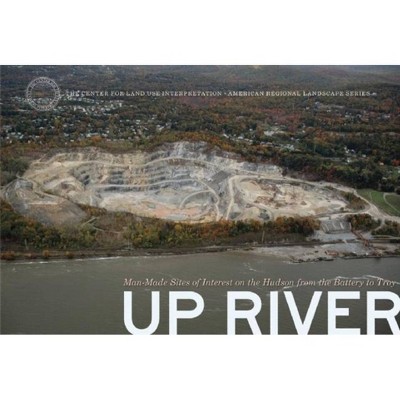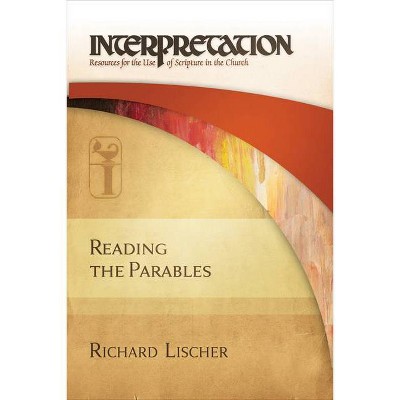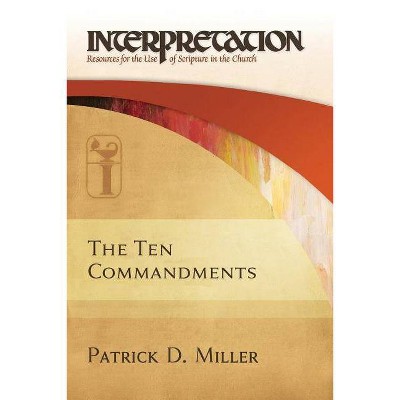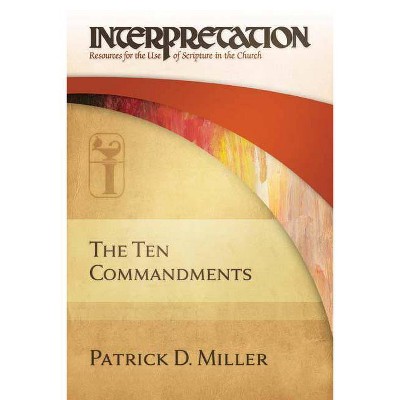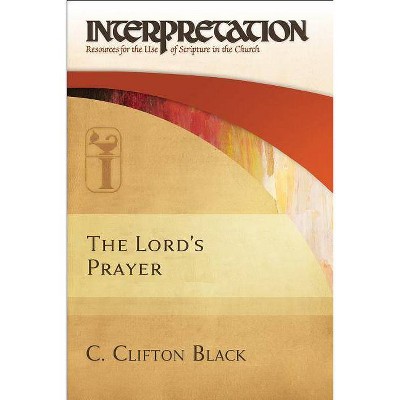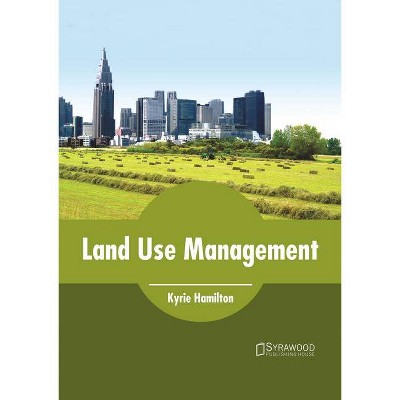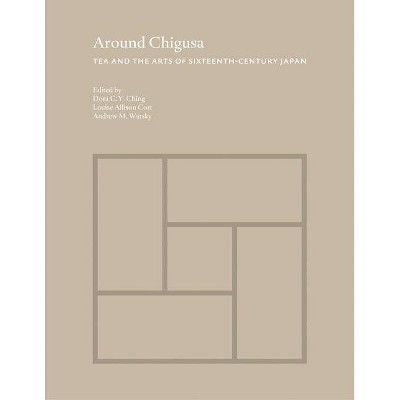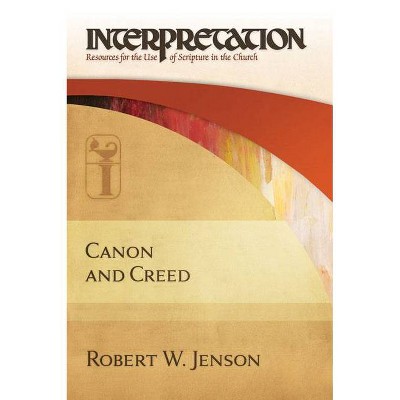Around the Bay - (Center for Land Use Interpretation American Regional Landsca) (Hardcover)
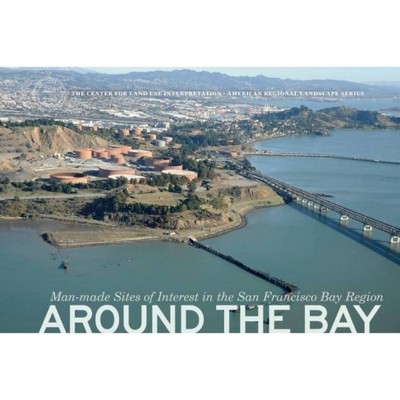
Similar Products
Products of same category from the store
AllProduct info
<p/><br></br><p><b> About the Book </b></p></br></br>The San Francisco Bay can be viewed as a geographic paradox: a place and a void. The collective Bay (composed of San Francisco Bay, San Pablo Bay, and Suisun Bay) both unites and divides the community of the Bay Area, giving identity to the region while separating its populace. The Bay is a backspace, where hardened surfaces of the industrial city crumble into the water--as well as a shorefront, with designed parks and recreational marinas. It is intensely visited in some areas and nearly inaccessible in others; its beauty is acclaimed, its dumping grounds unparalleled. Its sparkling water is refreshed from Sierra snowmelt, its sewer outfalls and urban runoff robust. Once intensely militarized, it is now, just as intensely, demilitarized. In a sense, the Bay is a natural entity, borne of great rivers draining the entire Central Valley of California, however, every inch of its shoreline today is the product of human activity, by either intent or incident.<p/><br></br><p><b> Book Synopsis </b></p></br></br>The San Francisco Bay can be viewed as a geographic paradox: a place and a void. The collective Bay (composed of San Francisco Bay, San Pablo Bay, and Suisun Bay) both unites and divides the community of the Bay Area, giving identity to the region while separating its populace. The Bay is a backspace, where hardened surfaces of the industrial city crumble into the water--as well as a shorefront, with designed parks and recreational marinas. It is intensely visited in some areas and nearly inaccessible in others; its beauty is acclaimed, its dumping grounds unparalleled. Its sparkling water is refreshed from Sierra snowmelt, its sewer outfalls and urban runoff robust. Once intensely militarized, it is now, just as intensely, demilitarized. In a sense, the Bay is a natural entity, borne of great rivers draining the entire Central Valley of California, however, every inch of its shoreline today is the product of human activity, by either intent or incident.<p/><br></br><p><b> Review Quotes </b></p></br></br><br><br>. . . [CLUI's] work stands out first for their embrace of territory that most Americans have either stopped seeing or never thought to look for and second for their refusal to make judgments....Coolidge and Simons have gone to great lengths to tell you where these things happen and what these places look like...<br>--Christopher Reynolds, <i>Los Angeles Times, </i> review of <i>Overlook</i> <p/>. . .the omnivorous cataloging of late-industrial curiosities makes [CLUI's] archive a kind of 21st century cabinet of wonders.<br>--John Strausbaugh, <i>The New York Times</i> <p/>Everybody likes or finds some places interesting, but CLUI makes every place interesting.<br>--Lucy R. Lippard, art historian/critic, author of <i>The Lure of the Local</i><br><br><p/><br></br><p><b> About the Author </b></p></br></br>The <b>Center for Land Use Interpretation</b> is a research and exhibition organization involved in exploring, examining, and understanding land and landscape issues. It is based in Culver City, CA.<br>
Price History
Price Archive shows prices from various stores, lets you see history and find the cheapest. There is no actual sale on the website. For all support, inquiry and suggestion messages communication@pricearchive.us
